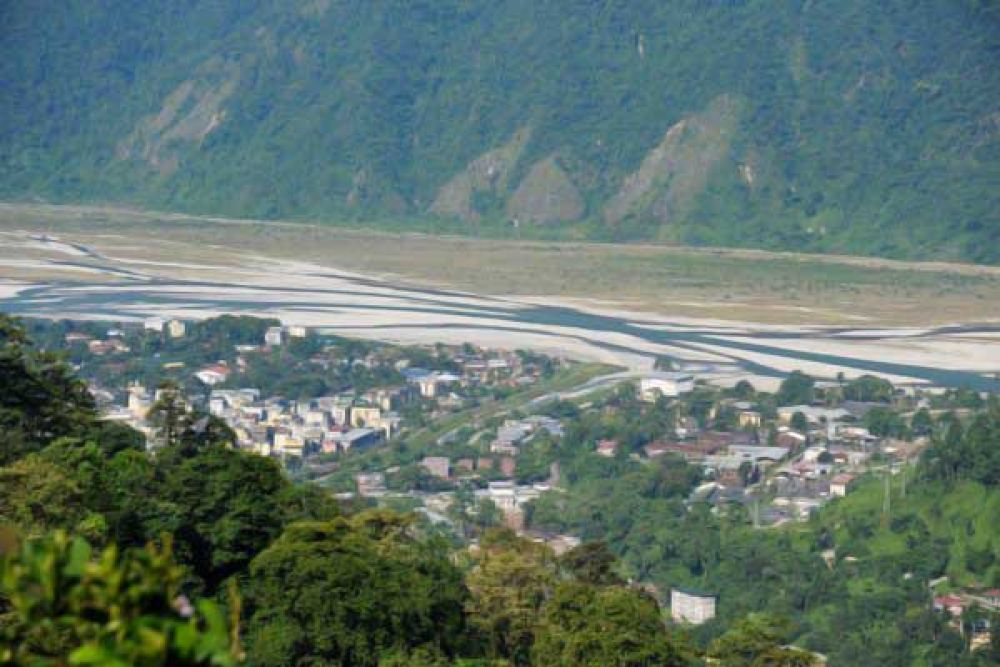

Nestled along the borders of India and Bhutan, the Torsa River Side in Phuentsholing is one of the serene and less talked-about spots for tourists visiting the region. The town of Phuentsholing itself is a gateway to Bhutan for travellers coming by land from India. The tourism history in this region, while not as ancient as some of the more spiritual destinations within Bhutan, has steadily grown since the modernization of Bhutan began in the 1960s.
Historically, Bhutan remained largely isolated from the world until the mid-20th century. The first group of paying tourists was welcomed in 1974. The establishment of the simple yet poignant Torsa River Side attractions coincided with the emergence of Bhutan's careful approach to tourism. Phuentsholing's role as a commercial and logistic hub has always made it an essential stop for travellers, but it was never the prime focus for tourists due to its location on the plains rather than in the Himalayas, where Bhutan's iconic monastic fortresses and landscapes are found.
With the growth of tourism in Bhutan, the role of Phuentsholing evolved. It became the introduction to the country's strict tourism policies that balance economic development with cultural preservation and ecological sustainability. Though not marketed aggressively as a destination, visitors often appreciate the laid-back atmosphere, the mix of diverse cultures, and the scenic beauty of the Torsa River Side.
In recent years, there has been a transition towards promoting more sustainable and ecologically friendly tourism trends in Bhutan, which resonate in the Torsa River Side area. Sightseeing is combined with environmental consciousness, and there's a push for activities that have minimal impact on the natural surroundings. The government's 'High Value, Low Impact' tourism policy ensures that all developments are in harmony with the area’s ethos and sustainability goals. This has made the Torsa River Side a haven for those seeking tranquility and a chance to connect with nature.
Phuentsholing has modernized over the decades, with better facilities, hotels, and amenities for tourists, expanding beyond a border town to a destination that contributes to the unique charm of Bhutan. The riverside has benefitted from this growth, offering visitors a picturesque setting to enjoy the gentle river, lush landscapes, and a slice of the local lifestyle. Additionally, the opening of the Amochhu Land Development and Township Project is expected to further enhance the appeal and infrastructure of the region surrounding the Torsa River Side.
While Phuentsholing and the Torsa River Side may not be as famous as Paro or Thimphu, its significance in the history of tourism in Bhutan is undeniable. It serves as a testament to Bhutan's gradual and thoughtful opening to the world. For those who wish to explore beyond the well-trodden paths, the Torsa River Side offers a peaceful retreat and an insightful glimpse into the harmonious existence of urban expansion and nature.